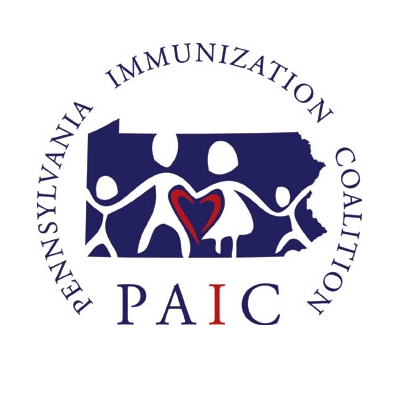HPV Vaccination Rate in U.S. Girls Has Stalled
While there’s been a slight uptick in the number of American boys who get the HPV vaccine to help prevent certain cancers, a new study finds there’s been almost no increase for girls.
And overall, too few kids are getting the human papillomavirus (HPV) vaccine (Gardasil, Cervarix), which can help provide them with a lifetime of protection against cancers of the cervix, genitals, mouth and throat, said researchers from the U.S. Centers for Disease Control and Prevention.
As of 2018, slightly more than half (51%) of American adolescents aged 13 to 17 had received the full series of HPV shots — only a slight rise from the 48.6% rate recorded in 2017, the new study found.
Even then, “the increases [in vaccination] were only observed among males,” noted researchers led by Tanja Walker, of the CDC’s Immunization Services Division.
Because HPV is transmitted sexually, the CDC now recommends that adolescents — girls and boys alike — get vaccinated at age 11 or 12, long before sexual activity typically begins.
So why are so many parents still not getting their kids immunized?
One expert believes the “anti-vaxxer” movement has a lot to do with it.
“This trend reflects a wider social phenomenon of vaccine reluctance, fueled by a powerful ‘anti-vax’ movement that is skeptical of the medical experts and public health officials who try to educate families and promote timely HPV immunization,” said Dr. Michael Grosso. He’s chair of pediatrics at Northwell Health’s Huntington Hospital in Huntington, N.Y. Grosso wasn’t involved in the new study.
He said many widely circulated myths are keeping otherwise highly educated parents from vaccinating kids.
Read the full article here.
